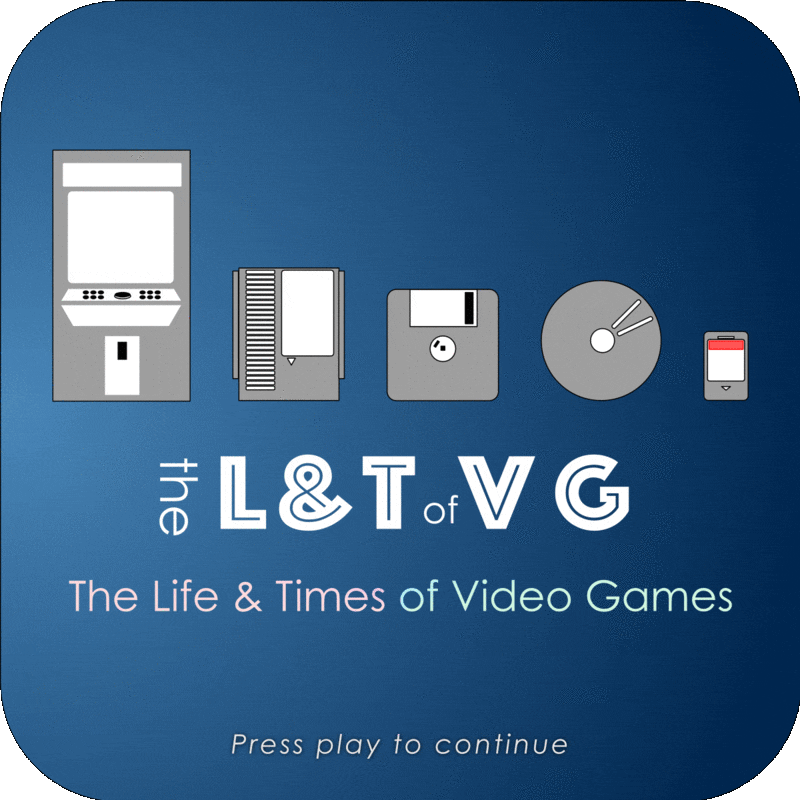15 - The Boss Button
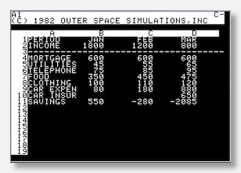
Before computers had proper multitasking support and quick shortcuts for changing apps, playing games when you're not supposed to be could be super risky. But if there's one thing that's been a constant in technology, it's that wherever there are computers, there are also games. And for a while, in the 1980s and 90s, many game developers actually put in a special key command that would bring up a fake productivity screen. This is the story of the rise and fall of the boss button.
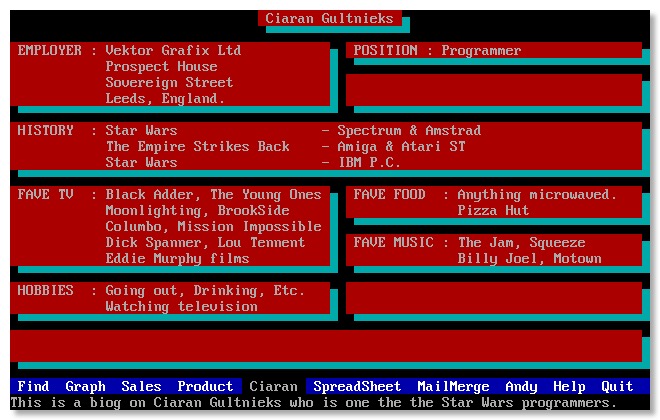
Few boss buttons presented fake productivity screens that would stand up to even the tiniest bit of scrutiny.
If you buy Steven Levy's Hackers on Amazon via this link, I get a small percentage of the sale price. (I highly recommend reading the book, if you haven't already — it's a fascinating look into the early computer industry through the eyes of free-thinking and idealistic programmers, with a good bit of backstory as well on the beginnings of Sierra Online.)
(Partial) Transcript
For as long as there have been computer games, they've been played — and frowned upon — in the workplace. In the early days, back when computers were huge room-sized mainframes that you accessed via remote terminals, games were deemed a nuisance. Both writing them and playing them took up valuable computing time.
And I mean valuable — as these were machines worth millions of dollars that, depending on the exact time frame, might have had processing power to match a scientific calculator or, for the really advanced later systems, maybe something more like the original iPhone.
Computers back then were meant for serious pursuits, and serious pursuits alone — scientific research and education and the like. Not that that stopped students from messing around with them.
In the book Hackers, journalist Steven Levy dedicated multiple chapters to these idealistic tinkerers, who cared little for what the establishment considered productive and so were tolerated only when their tinkering occurred in the dead of night. The hackers, at least as Levy told it, just wanted to push the machines as far as possible — to devise ever more brilliant, and efficient, feats of software engineering. And in so doing, in 1961, three hackers pretty much invented computer games with Spacewar, a two-player outer space battle inspired by E.E. Smith's space opera novels.
Sometimes, as in this instance, the system administrators were a bit more laid back about frivolous uses of expensive computers — although Spacewar was something of a special case because MIT was actually gifted the $120,000 machine it was written on. But even so, sometimes games were allowed, because games were a great way to experiment with the technology, but only as long as the games didn't interfere with other — more important — uses for their limited computing power.
Back in episode two, we heard from Brand Fortner, programmer of what was arguably the first computer flight simulation, Airfight, as he explained how the Control Data Company actually encouraged game making on its PLATO system. But they weren't so hot on game playing, especially for computationally-demanding games like Airfight.
Brand Fortner: The administration of PLATO of course hated us, because we soaked up their entire computer, which cost millions of dollars.
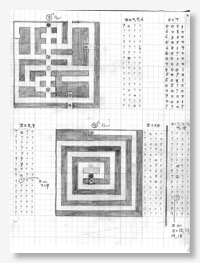
Here's Dave Lebling explaining why the administrations at MIT and Stanford tried — and ultimately failed — to ban the game entirely.
Dave Lebling: The only drawback was that the powers that be didn't like it very much because it clogged up the Imlacs, which were a very scarce resource, and people had a tendency — because to run Maze you had to load the Maze program in, instead of the usual terminal program, because these things only had 8K of memory. People would load the Maze program in and then forget to reload the terminal program, or it would crash or something and they wouldn't know how to reboot an Imlac.
***
By the 1980s, computers had shrunk. Most computer access and use shifted from super-expensive mini-computers and mainframe terminals in universities and research labs to microcomputers in homes and offices. Computers like the Apple II, Commodore 64, ZX Spectrum, and IBM-PC rapidly spread around the world.
As people searched for things to do with these machines, most settled on two broad functions: productivity and play. Cheaper machines like the C64 and Spectrum tended more towards the latter use; they were given to children and teenagers to encourage familiarity with this technology of the future. They were embraced for education and games in the home.
Other systems, like the Apple II and IBM-PC, cost significantly more to buy, and as such they found their way mainly into schools and offices. They were favoured for work. For business. Especially once they had productivity programs like Lotus 1-2-3 and VisiCalc, both forebears to Microsoft Office.
Hundreds of thousands — or perhaps millions — of people found themselves tapping into this new world of personal computing through their jobs. Pretty soon, of course, most of them would discover games. But many lacked access to computers outside of work, and so they chose to sneak in some gaming time during business hours, while others…well, let's just say that they knew the value of a good break, and so they snuck a few of their games in from home.
That said, in either case, there aren't many bosses or managers in the world who would tolerate such blatant slacking off. So playing games at work could get real risky. Enter Roger Wagner.
(For more you'll have to either just listen to the episode or sign up as a supporter on Patreon — everyone who pledges $3 or more a month gets access to full episode transcripts [amongst other things].)
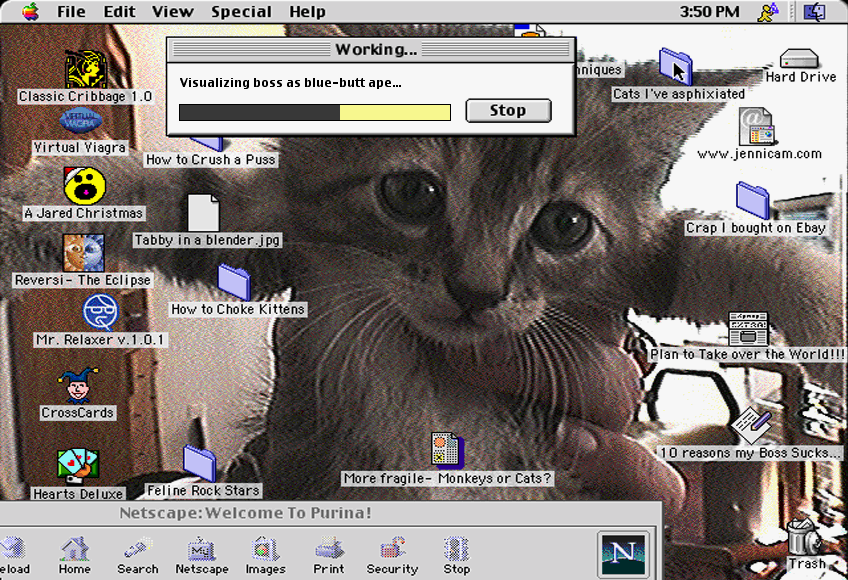
The Life & Times of Video Games on the Web and social media
- Website: lifeandtimes.games
- Twitter: @LifeandTimesVG
- Instagram: @lifeandtimesvg
- YouTube: lifeandtimes.games/youtube
You can make a donation to help cover running costs and allow me to rely less on freelance income via
- Patreon: lifeandtimes.games/patreon
- or PayPal: paypal.me/mossrc
My book, The Secret History of Mac Gaming, is available in bookstores in the UK and Australia, as well as online from the likes of Book Depository and Amazon. See the official website for more info.
Can't afford to give me money? Consider listening via the RadioPublic app for Android or iOS. It's free. And if you enable analytics then I get paid a couple of cents each time you listen to my show. Head to RadioPublic.com for more info.
